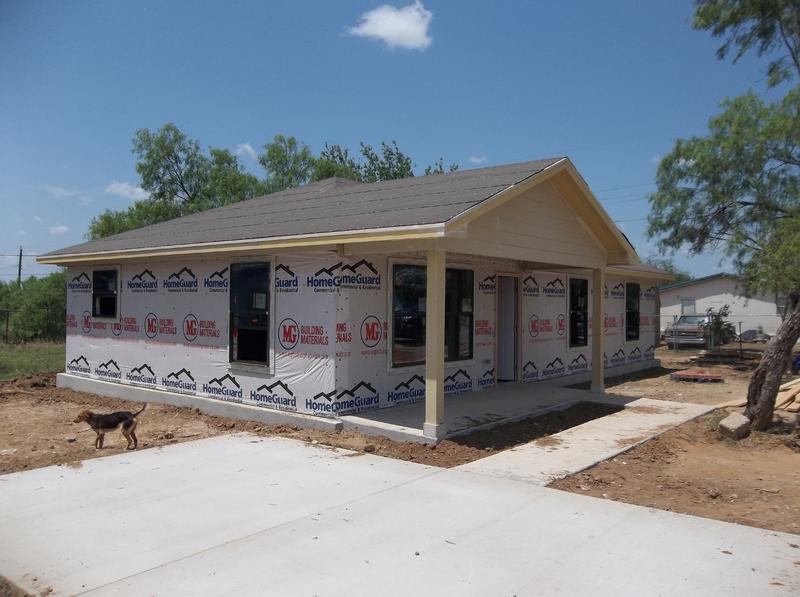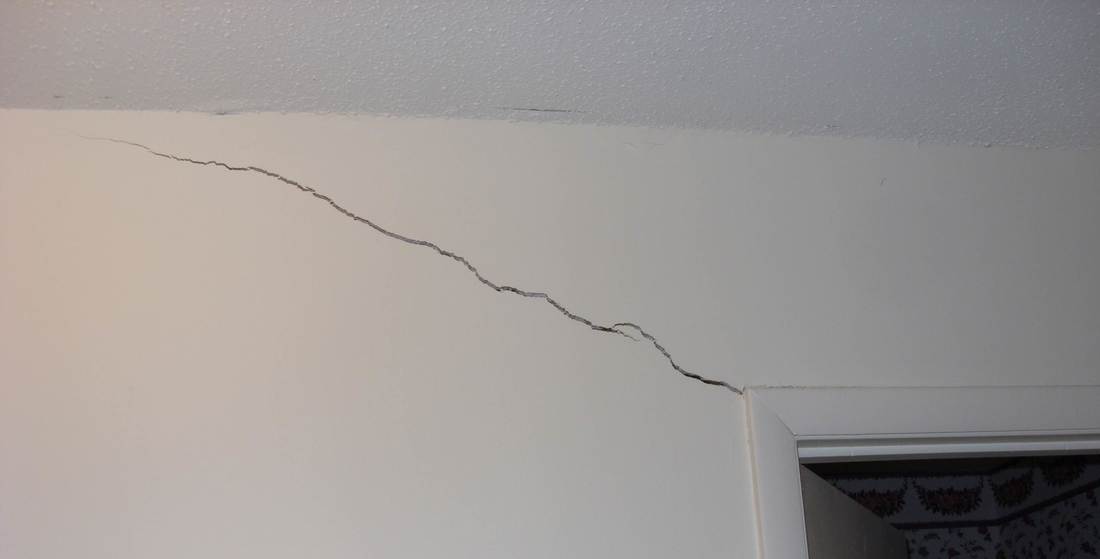|
Slab-on-grade or floating slab foundations are a structural engineering practice where the concrete slab, that is to serve as the foundation for the structure, is formed from a mold set into the ground. The concrete is then placed into the mold, leaving no space between the ground and the structure. There is no basement and no crawl space. Cracks in concrete floors often indicate slab settlement problems. This issue is most commonly found in “slab-on-grade” homes and buildings. It's when the floor slab is closer to the surface of the ground and therefore more affected by changes in the soil beneath. When changes occur in the moisture content, and density of the soils beneath a concrete slab, the result is usually slab cracking and settlement. The most common causes of slab cracking and settlement are:
These causes, among others, will eventually create a void beneath the concrete slab. If the slab isn't strong enough to span the void, it will eventually settle and break. The result is a cracked, sunken concrete slab. And once this occurs, you will most likely start to notice other signs of foundation damage throughout your home or building such as jammed doors or cracks in the walls and ceilings. Rather than breaking the inside slab of an established home, there are solutions to this issue. Polyurethane foam for lifting settled slabs is a very successful repair for slab on grade settlement. Don't let the word "foam" fool you. Structural grade polyurethane foam is engineered for heavy lifting such as this. Settled slabs are lifted, soil beneath the home is stabilized, cracks in drywall close, doors are opening and closing well again, etc. This process of concrete leveling and stabilization can be completed in a matter of a few days.
Let us be your cost effective alternative to replacement. Call today for more information Concrete Corrections 770-558-5862
11 Comments
|
Archives
November 2017
Categories
All
|
|
Copyright © 2024 l Concrete Corrections by ISS, Inc
|
Who We Are
We are a family owned and operated company based in coastal South Carolina and dedicated to providing a cost effective repair to compromised or settled concrete slabs and soil areas around the home or business, with access to a vast array of knowledge and polyurethane products. We promise to produce long lasting results that we are all proud of.
|
Contact Us
|




 RSS Feed
RSS Feed
